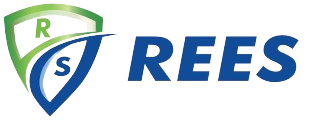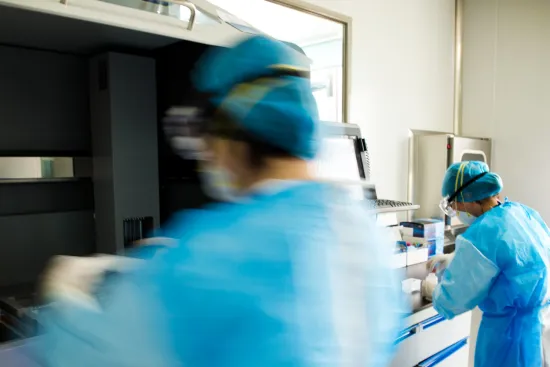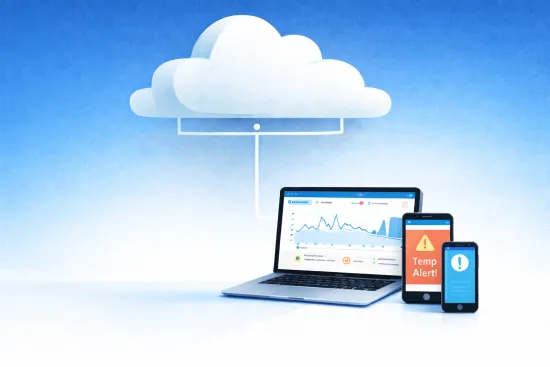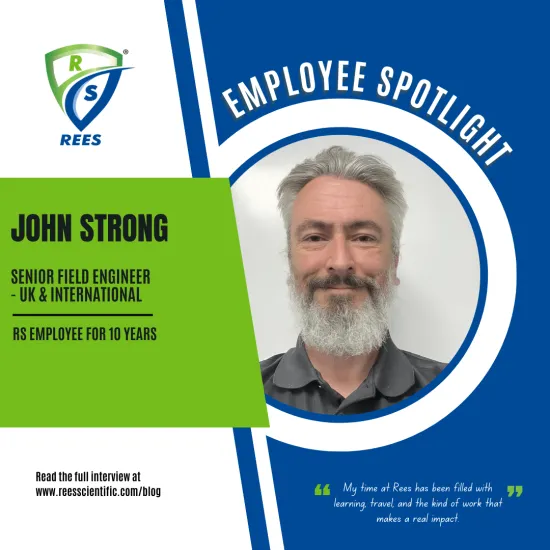Validation Services
Seasonal Mapping: Why it Matters for Compliance and Quality
Author: Gagan Kaur
Jun 20, 2025
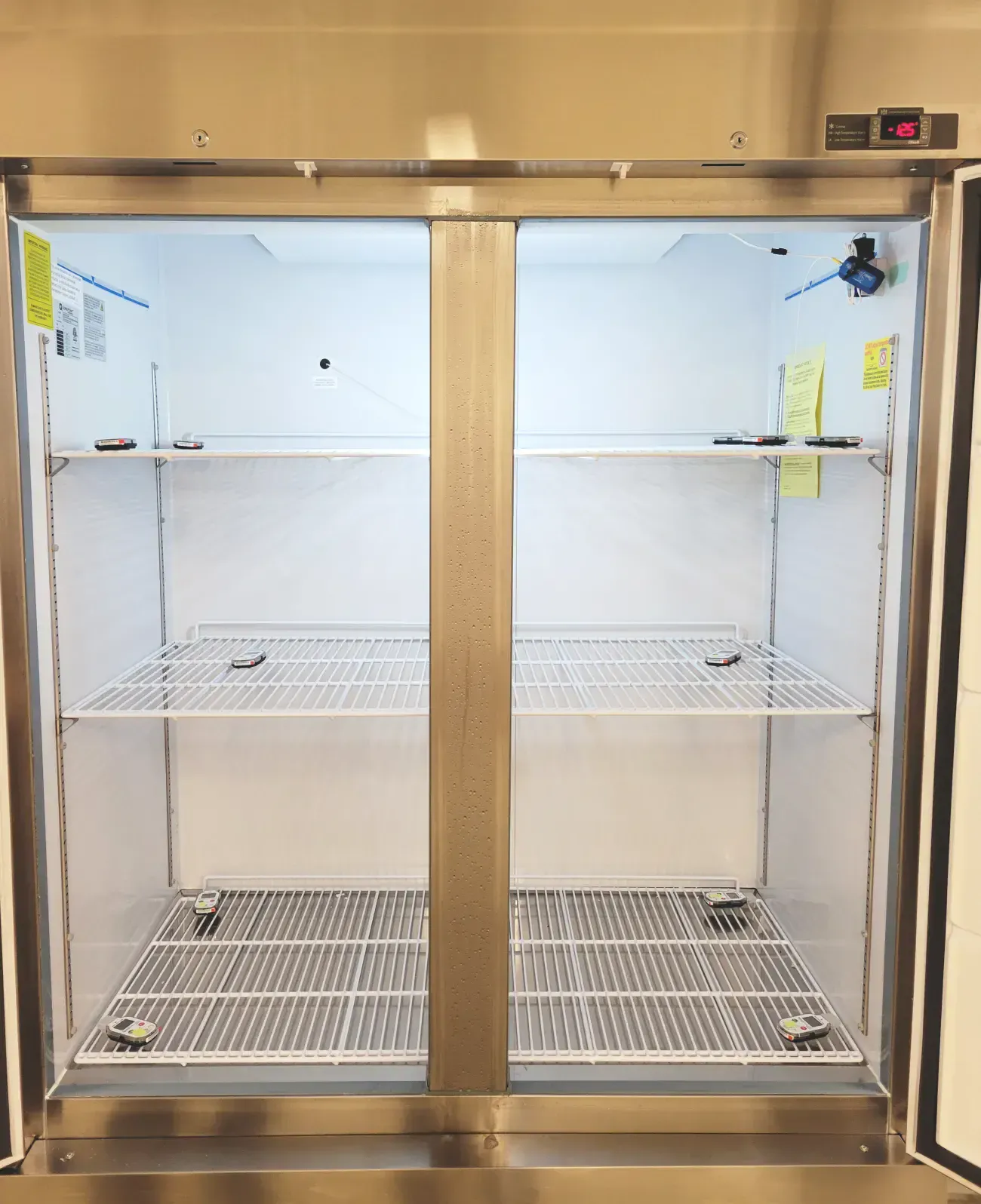
Temperature and humidity control are essential in regulated environments like labs, pharmaceutical facilities, and biotech production sites. Even the best HVAC systems can have trouble keeping conditions consistent all year. Seasonal shifts, such as a scorching summer or an unexpectedly cold winter, can introduce variations that impact product quality, equipment performance, and regulatory compliance. That’s where seasonal mapping comes into play.
What is Seasonal Mapping?
Seasonal temperature mapping, also known as summer/winter mapping, is the practice of validating your facility’s environmental conditions during different times of the year. It involves placing calibrated data loggers throughout key areas, including storage rooms, walk-ins, cleanrooms, and production suites, to record temperature and humidity data over a defined period.
By conducting mapping exercises during both warm and cold seasons, you can capture the impact of external temperature changes, HVAC system performance, and building envelope characteristics on your controlled environments. This process ensures that your facility consistently meets its specified conditions, regardless of the season.
Why is Seasonal Mapping Important?
Even well-maintained facilities can experience unexpected swings in temperature or humidity as the weather changes. Here’s why seasonal mapping matters:
Regulatory Compliance: Guidelines from regulatory agencies (like the FDA and EMA), as well as standards such as GMP and USP <1079>, emphasize the importance of maintaining controlled conditions. Seasonal mapping helps you demonstrate to auditors and inspectors that your facility can meet those requirements year-round.
Risk Mitigation: Identifying temperature or humidity excursions early allows you to address them before they compromise product quality. For example, a hot spot in a warehouse during summer could impact product stability, while a cold spot during winter might risk freezing sensitive materials.
HVAC System Validation: Seasonal mapping validates that your HVAC system performs as intended under varying load conditions. It’s a proactive approach to identifying issues before they affect your products or processes.
Data-Driven Decisions: Mapping provides concrete data that helps you make informed decisions about equipment maintenance, facility design, and even inventory management.
When Should Seasonal Mapping Be Performed?
Most facilities perform seasonal mapping at least twice a year to capture the most extreme conditions:
Spring/Summer Mapping: Conducted during the warmest months to assess the impact of higher ambient temperatures and humidity levels.
Fall/Winter Mapping: Conducted during the coldest months to evaluate HVAC system performance under cooler conditions and to detect potential cold spots.
You should also consider additional mapping after major facility changes, such as:
HVAC upgrades or replacements
Changes to building layout or insulation
Equipment additions or process changes that could impact environmental control
What Does the Seasonal Mapping Process Involve?
A thorough seasonal mapping project typically follows these steps:
Planning: Define the scope of the mapping, identify critical areas, equipment, and storage locations. Develop a proto
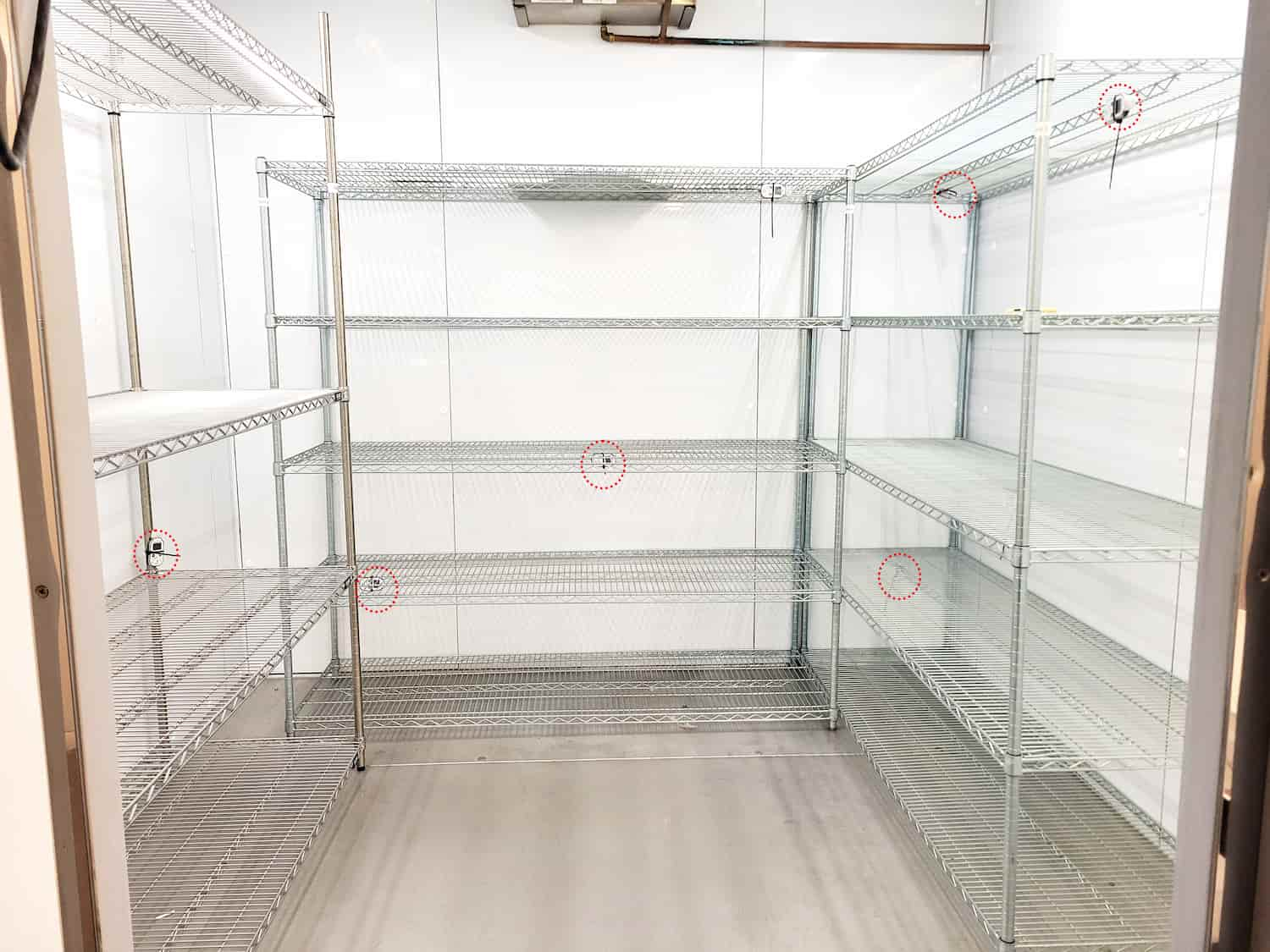
col outlining objectives, duration, and data logger placements.
Deployment: Place calibrated data loggers in designated locations. For example, in a warehouse, loggers might be placed near doors, on high shelves, in corners, and at the center of the room to capture variations.
Data Collection: Record temperature and humidity data continuously over a set period (often 7 to 14 days, depending on the environment).
Analysis: Pull the data and look for trends, temperature swings, and problem spots.
Reporting: Compile a comprehensive report that includes data graphs, summaries, and recommendations.
Corrective Actions: Address any issues identified during mapping, such as HVAC adjustments, equipment relocation, or process changes.
Regulatory Considerations
Regulatory agencies expect facilities to maintain conditions that protect product quality at all times. For example:
GMP guidelines emphasize controlling environmental conditions during manufacturing and storage.
USP <1079> outlines best practices for temperature-sensitive pharmaceuticals, including the importance of environmental monitoring and risk assessment.
ISO 14644 provides guidance on cleanroom classifications and environmental control.
Seasonal mapping is a key part of demonstrating compliance with these requirements. It provides documented evidence that your facility maintains consistent conditions year-round, supporting the integrity of your products.
Real-World Example: A Summer Mapping Challenge
Consider a pharmaceutical warehouse located in the southeastern United States, a region known for hot and humid summers. During a summer mapping exercise, data revealed that temperatures near the loading dock were consistently 2–3°C higher than in other areas, occasionally exceeding the facility’s specified range.
This discovery allowed the facility to adjust HVAC settings and implement air curtains at the dock doors, preventing hot air from entering during frequent loading activities. Without seasonal mapping, this could’ve gone unnoticed until it triggered an audit finding, or worse, compromised product quality.
How Rees Scientific Can Help
At Rees Scientific, we understand that compliance is more than a one-time event, it’s an ongoing process that requires vigilance and expertise. Our team offers comprehensive seasonal mapping services tailored to your facility’s unique needs. We provide:
Calibrated data loggers strategically deployed to capture critical data points
Detailed analysis and reporting that meets GMP and USP expectations
Actionable recommendations to address any issues identified during mapping
Support throughout the process, from protocol development to final reporting and follow-up
Our goal is to help you stay audit-ready and confident in your environmental controls, every season of the year.
Conclusion
Seasonal mapping isn’t just a regulatory requirement; it’s a proactive step toward ensuring product quality and patient safety. By understanding how your facility performs under different environmental conditions, you can anticipate challenges, make data-driven decisions, and maintain compliance year-round.
At Rees Scientific, we’re committed to helping you achieve and maintain the highest standards of quality. If you’re ready to start planning your next seasonal mapping project , reach out to us. Let’s work together to build a stronger, more reliable compliance program, season after season.
